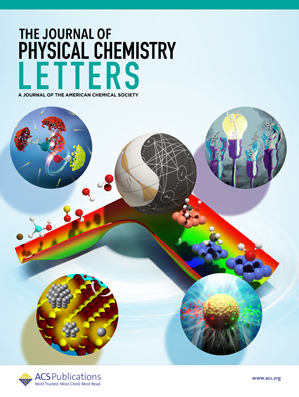Active Learning for the Discovery of Binary Intermetallic Compounds as Advanced Interconnects
IF 4.8
2区 化学
Q2 CHEMISTRY, PHYSICAL
引用次数: 0
Abstract
The scaling of advanced integrated circuits has posed significant challenges for traditional Cu interconnects, including increased resistivity and reduced electromigration lifetime. Materials with high cohesive energy and low ρ0 × λ values are emerging as promising alternatives. In this work, active learning coupling density functional theory (DFT) computation is employed to accelerate the discovery of binary intermetallic compounds for interconnect materials. Following five active learning iterations, 100 compounds are screened out. Among them, the proportion of promising materials reaches an impressive 76%, in sharp contrast to a paltry 4.9% under traditional random screening. Moreover, this research adopts an interpretable machine learning method to provide further physical insights. The Shapley additive explanations (SHAP) analysis revealed that binary intermetallic compounds featuring small cell volumes and similar Mendeleev numbers tend to possess low ρ0 × λ values. Several promising intermetallic candidates were also identified, including VMo, IrRh3, PtRh3, NbRu, and CrIr3, as potential alternatives to traditional Cu interconnects in future technology nodes. The findings in the study highlight the immense potential of machine learning techniques to accelerate the discovery of novel high-performance interconnect materials.

求助全文
约1分钟内获得全文
求助全文
来源期刊

The Journal of Physical Chemistry Letters
CHEMISTRY, PHYSICAL-NANOSCIENCE & NANOTECHNOLOGY
CiteScore
9.60
自引率
7.00%
发文量
1519
审稿时长
1.6 months
期刊介绍:
The Journal of Physical Chemistry (JPC) Letters is devoted to reporting new and original experimental and theoretical basic research of interest to physical chemists, biophysical chemists, chemical physicists, physicists, material scientists, and engineers. An important criterion for acceptance is that the paper reports a significant scientific advance and/or physical insight such that rapid publication is essential. Two issues of JPC Letters are published each month.
 求助内容:
求助内容: 应助结果提醒方式:
应助结果提醒方式:


